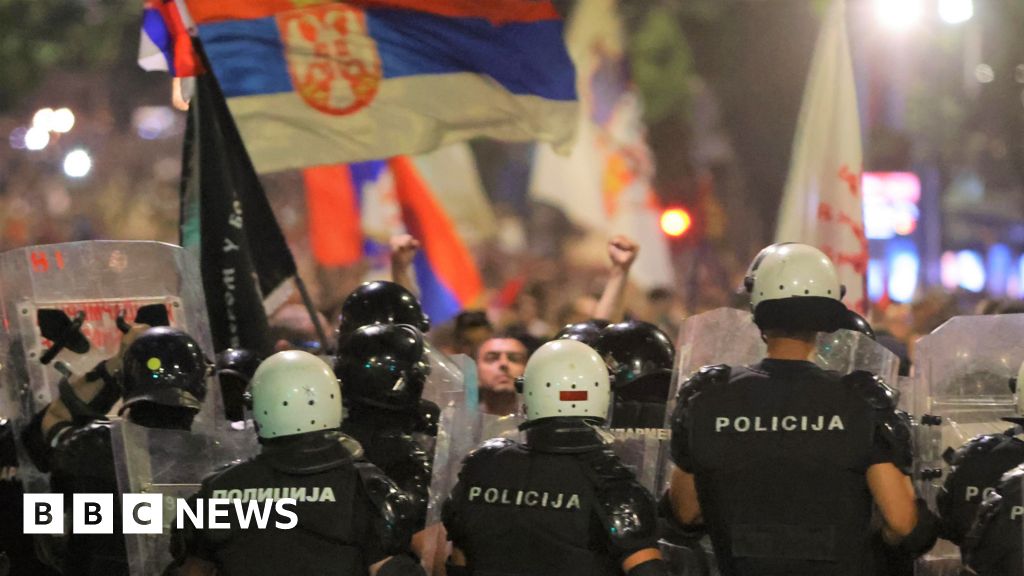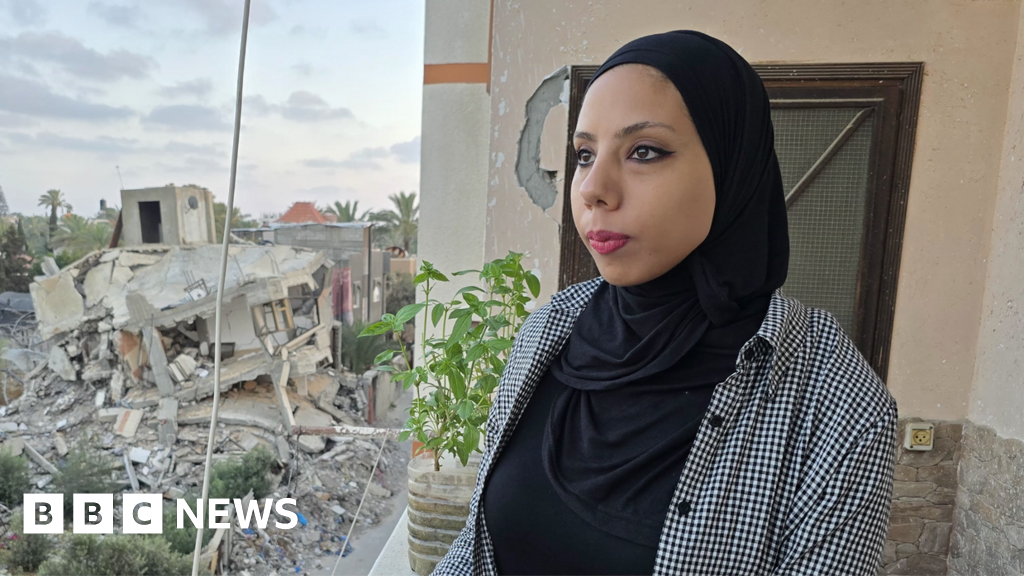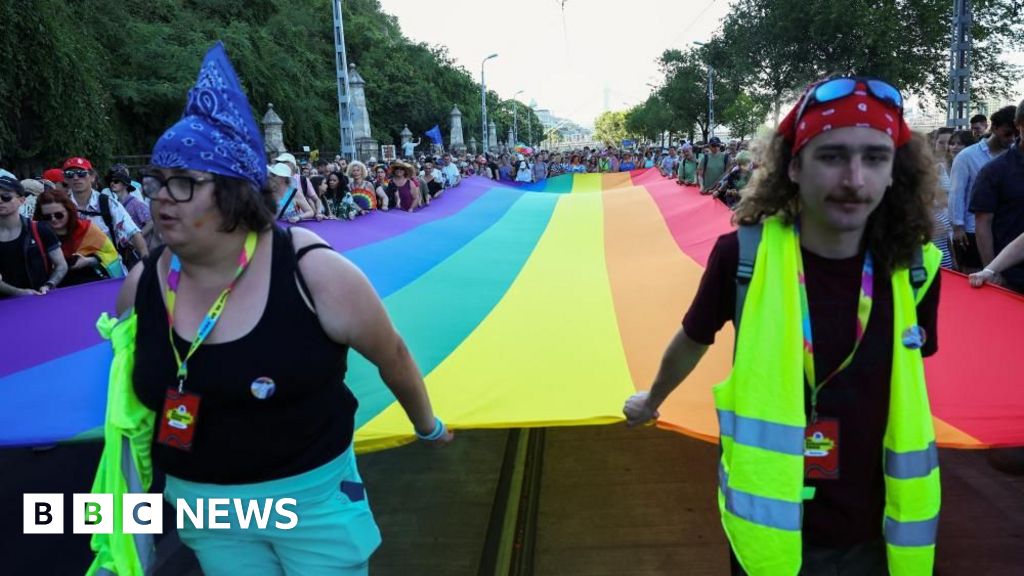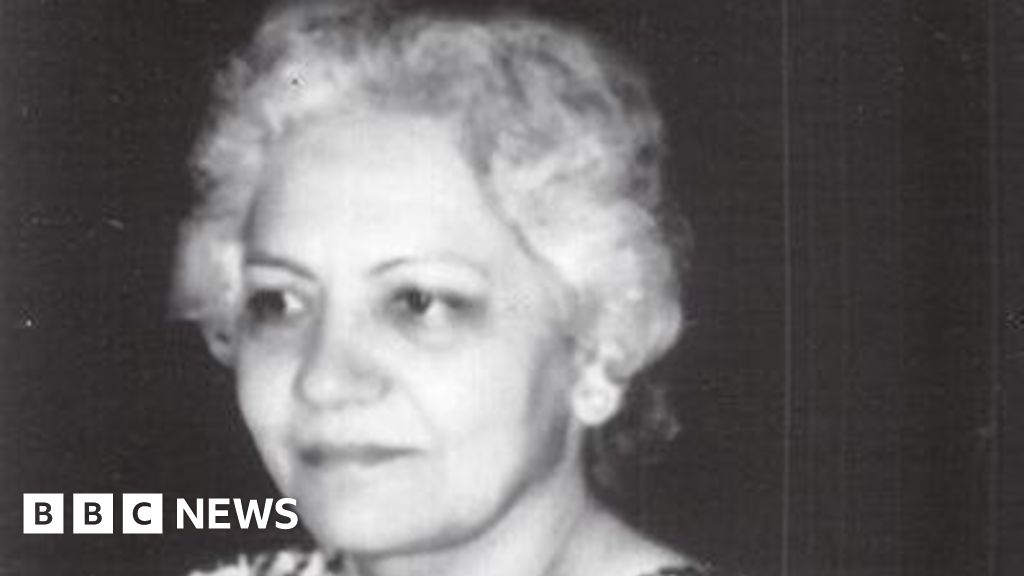Protons are the basis of bioenergetics. The ability to move them through biological systems is essential for life. A new study in Proceedings of the National Academy of Sciences shows for the first time that proton transfer is directly influenced by the spin of electrons when measured in chiral biological environments such as proteins. In other words, proton movement in living systems is not purely chemical; it is also a quantum process involving electron spin and molecular chirality.
The quantum process directly affects the small movements of the biological environment that support proton transfer. This discovery suggests that energy and information transfer in life is more controlled, selective, and potentially tunable than previously believed, bridging quantum physics with biological chemistry and opening new doors for understanding life at its deepest level—and for designing technologies that can mimic or control biological processes.
The work, led by a team of researchers from the Hebrew University of Jerusalem collaborating with Prof. Ron Naaman from Weizmann Institute of Science and Prof. Nurit Ashkenasy from Ben Gurion University, reveals a surprising connection between the movement of electrons and protons in biological systems.
Led by Naama Goren and Prof. Yossi Paltiel from the Department of Applied Physics and the Nano Center, together with Prof Nir Keren and Oded Livnah from the Institute of Life Science at Hebrew University, the team discovered that in certain biological crystals, like lysozyme (an enzyme found in many living organisms), the tiny particles called electrons and protons don’t just move independently—they are closely linked.
Proton transport is crucial for many life processes, such as how cells produce energy. Until now, it was widely believed that protons move mainly by hopping between water molecules and amino acids. But the new study shows that this movement is also connected to the spin of electrons—a quantum property that describes how electrons behave like tiny magnets.

The researchers demonstrated that when they injected electrons with a specific spin into the lysozyme crystals, it significantly changed how easily protons could move through the material.
When electrons with the opposite spin were injected, proton movement was noticeably hindered. This effect is linked to the excitation of chiral phonons—vibrations in the crystal lattice—which mediate the coupling between electron spin and proton mobility.
This discovery is tied to a phenomenon known as the Chiral Induced Spin Selectivity (CISS) effect, which explains how chiral (or “handed”) molecules—molecules that have a specific twist or shape—interact differently with electron spins.
“Our findings show that the way protons move in biological systems isn’t just about chemistry—it’s also about quantum physics,” said Goren. “This opens new doors for understanding how information and energy are transferred inside living things.”
Prof. Paltiel added, “This connection between electron spin and proton movement could lead to new technologies that mimic biological processes, and even new ways to control information transfer inside cells.”
By bridging the worlds of quantum physics and biochemistry, the Hebrew University team’s research provides fresh insights into the inner workings of life and could pave the way for innovations in medicine, energy, and nanotechnology.
More information:
Paltiel, Yossi et al, Coupling between electrons’ spin and proton transfer in chiral biological crystals, Proceedings of the National Academy of Sciences (2025). DOI: 10.1073/pnas.2500584122. doi.org/10.1073/pnas.2500584122
Citation:
Quantum effects in proteins: How tiny particles coordinate energy transfer inside cells (2025, May 5)
retrieved 6 May 2025
from
This document is subject to copyright. Apart from any fair dealing for the purpose of private study or research, no
part may be reproduced without the written permission. The content is provided for information purposes only.



















